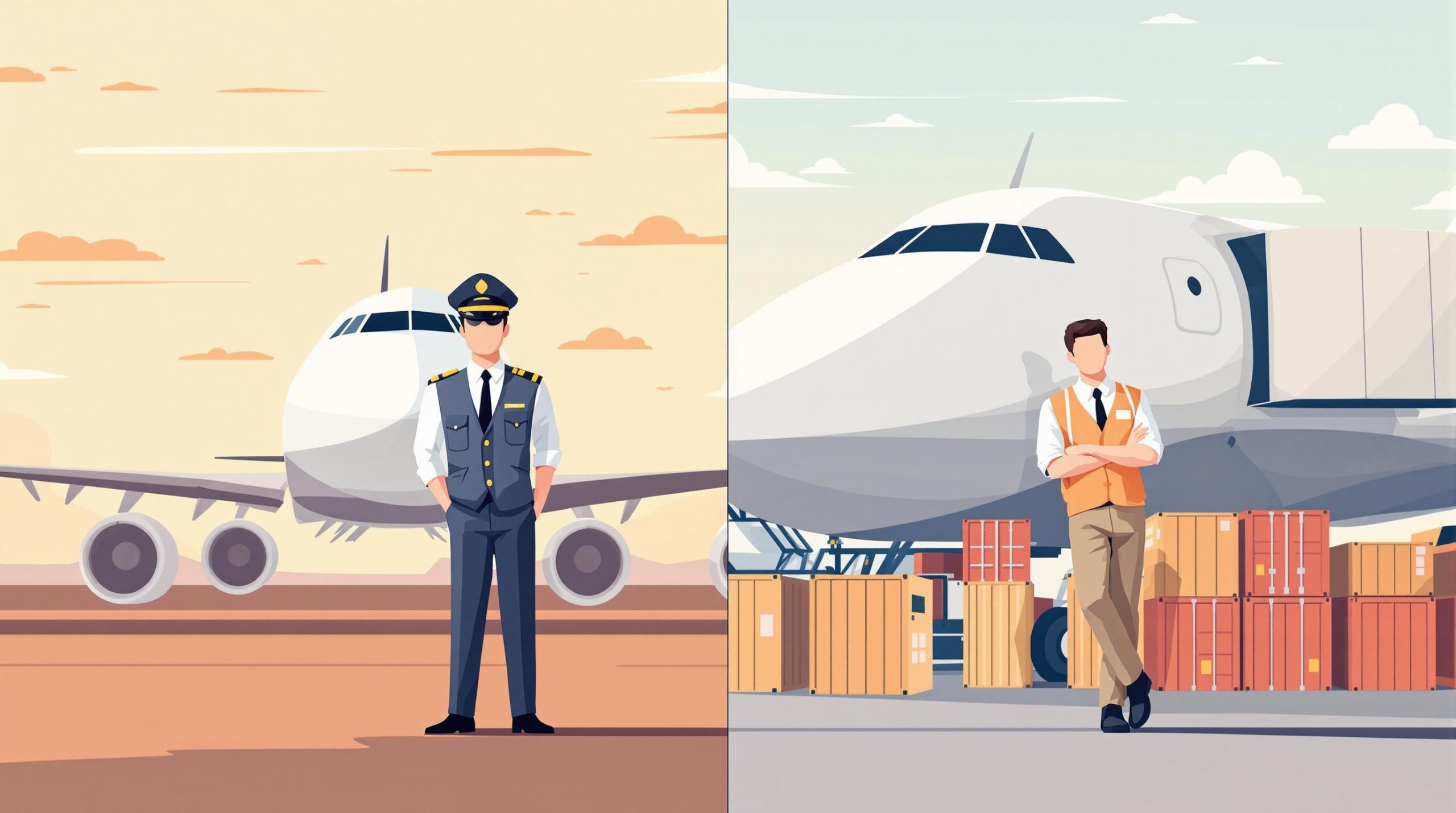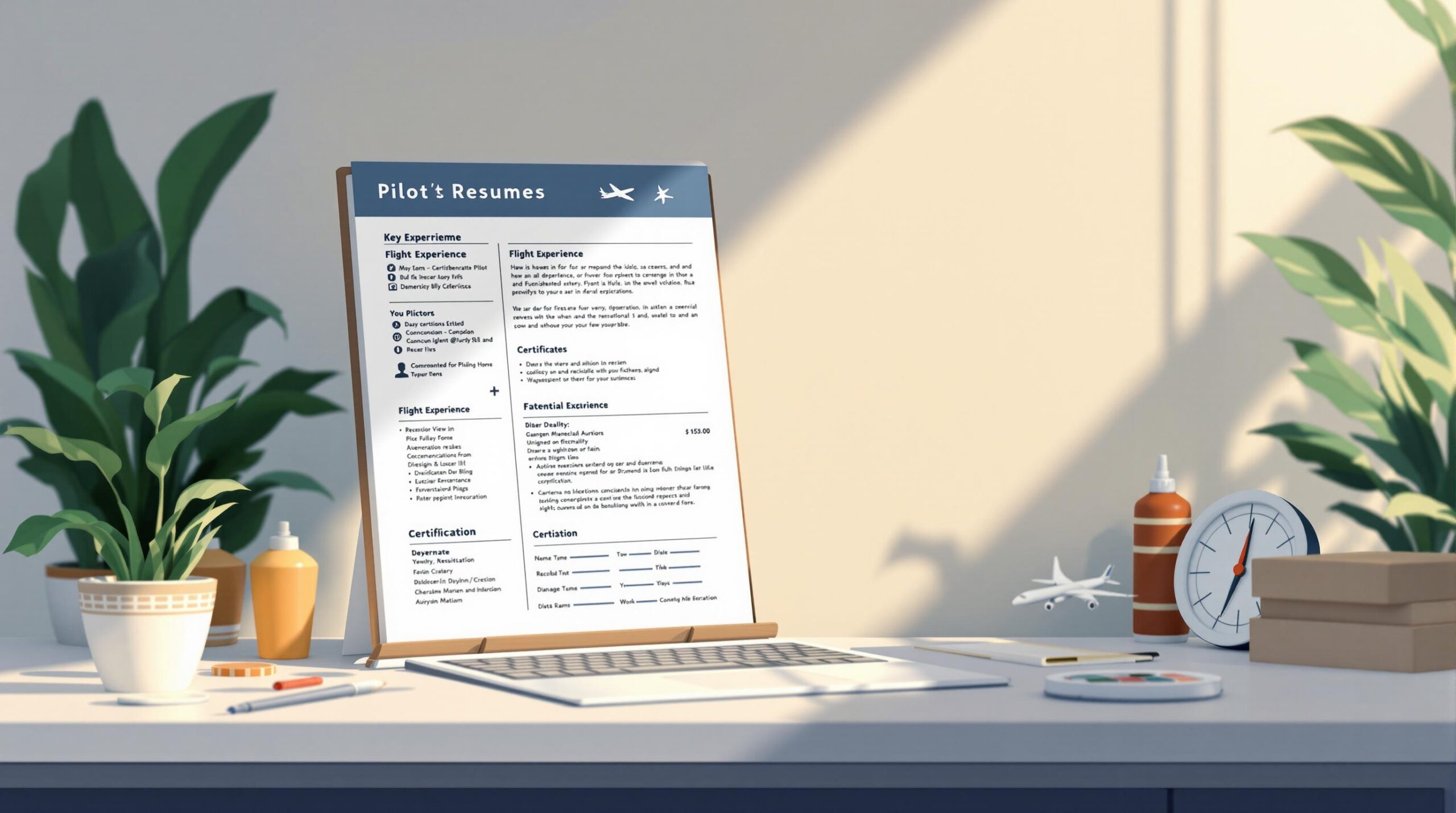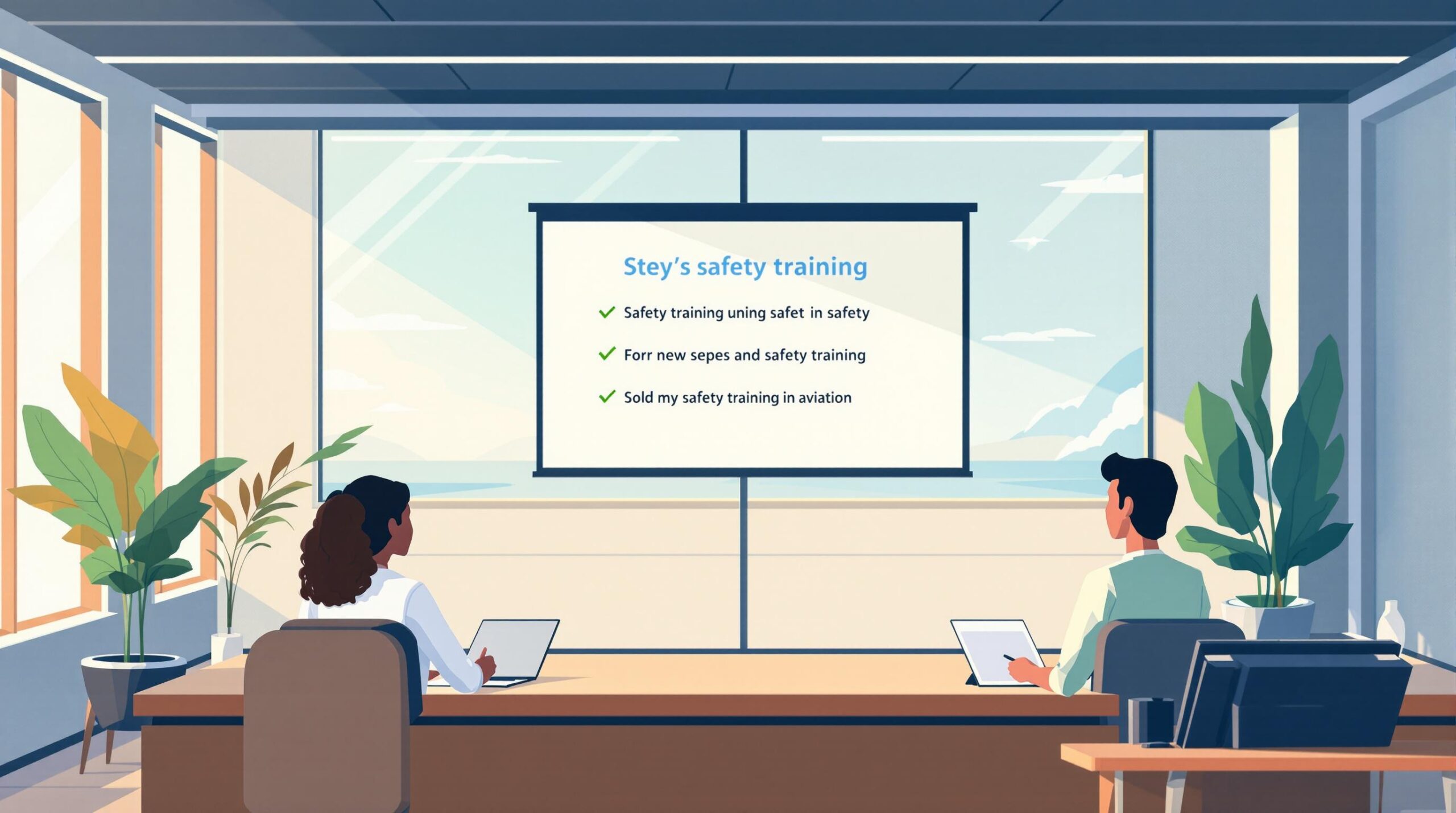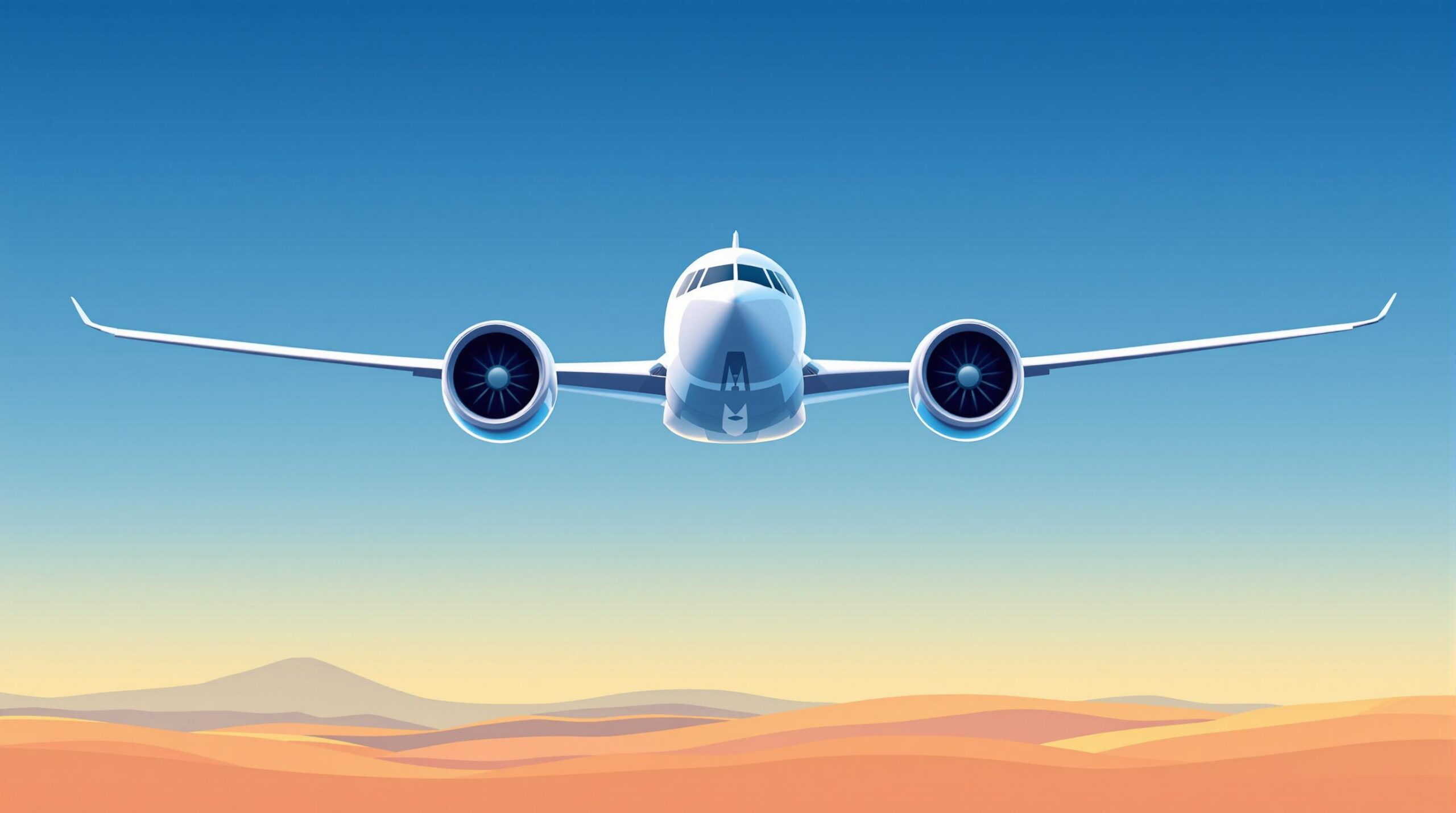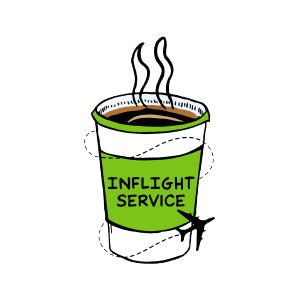Passenger pilots focus on flying people, with daytime schedules, consistent routes, and passenger interaction. Cargo pilots transport goods, often flying overnight with varied routes and limited crew interaction. Both careers offer unique challenges, benefits, and lifestyles.
Quick Comparison
| Factor | Passenger Pilots | Cargo Pilots |
|---|---|---|
| Schedule | Daytime flights, predictable hours | Overnight flights, variable hours |
| Interaction | Passengers and crew | Crew only |
| Routes | Fixed routes | Changing routes |
| Pay | $90K–$350K annually | $95K–$400K annually |
| Work-Life Balance | Family-friendly daytime schedules | Night shifts, challenging sleep patterns |
| Career Growth | Seniority-based advancement | Faster progression, specialized roles |
Both paths suit different lifestyles and career goals. Choose based on your preferences for schedule, interaction, and growth opportunities.
Daily Work and Tasks
Passenger Pilot Tasks
Passenger pilots focus heavily on safety and ensuring a smooth experience for travelers. Their main responsibilities include:
- Pre-flight Planning: Reviewing weather forecasts, flight routes, and fuel needs a few hours before takeoff.
- Passenger Safety: Collaborating with flight attendants to address safety protocols and prepare for potential medical issues.
- Communication Management: Keeping passengers informed about flight conditions, delays, and arrival times.
- Schedule Adherence: Sticking to strict departure and arrival times to meet airline schedules.
During flights, passenger pilots juggle various systems while prioritizing passenger comfort. For instance, they may reroute flights to avoid turbulence, even if it slightly extends the journey.
Cargo Pilot Tasks
Unlike passenger pilots, cargo pilots focus on moving goods efficiently and safely. Their primary tasks include:
- Load Verification: Ensuring cargo weight is properly distributed and all documentation, including for hazardous materials, is accurate.
- Flight Planning: Adjusting fuel calculations based on cargo weight and weather conditions.
- Special Handling: Managing shipments like temperature-sensitive goods or live animals.
- Night Operations: Relying on advanced navigation systems for flights in low-visibility conditions.
| Task Category | Passenger Pilots | Cargo Pilots |
|---|---|---|
| Pre-flight Focus | Passenger manifest, cabin readiness | Cargo manifest, weight distribution |
| In-flight Priority | Passenger comfort, smooth operation | Cargo safety, fuel efficiency |
| In-flight Communication | Frequent updates to passengers | Limited to ATC and ground operations |
| Landing Considerations | Terminal gates, passenger bridges | Cargo ramps, ground handling equipment |
These differences highlight how their roles are tailored to their specific operational needs.
Work Differences
The work environment for passenger and cargo pilots differs in several ways. Passenger pilots operate under tight schedules and may adjust flights for passenger comfort, while cargo pilots often have more flexible routing and push through challenging weather to meet delivery deadlines.
Key distinctions include:
- Cargo pilots frequently work with a wider range of aircraft setups, including planes that can switch between passenger and cargo configurations.
Physical demands also vary. Passenger pilots spend more time addressing cabin-related concerns, while cargo pilots often assist with load planning and may need to understand specific requirements for items like medical supplies or perishable goods.
Schedule and Lifestyle
Passenger Flight Schedules
Passenger pilots typically follow daytime schedules that align with peak travel times. Most flights occur during daylight hours, creating a predictable routine. Airlines usually regulate flight hours and provide scheduled days off, though some routes may require overnight stays. This structured timetable offers a more regular daily rhythm compared to other aviation roles.
Cargo Flight Schedules
Cargo pilots often work at night or early in the morning to meet strict delivery deadlines. These flights are scheduled to align with next-day shipping needs, meaning their hours often conflict with natural sleep patterns. Managing fatigue becomes a key part of the job for cargo pilots.
Work-Life Balance
The difference in schedules significantly impacts personal routines. Passenger pilots usually enjoy daytime hours that better accommodate family and social activities, although seasonal travel peaks can add some variability. Cargo pilots, on the other hand, work consistent night shifts, which can simplify scheduling personal commitments but make balancing sleep and family time more challenging.
Pay and Career Growth
Passenger Pilot Pay
Major U.S. airlines provide competitive salaries. First Officers at legacy carriers like United, American, and Delta typically earn between $90,000 and $110,000 annually, while experienced Captains can make $250,000 to $350,000 per year, including bonuses and profit sharing. Regional airlines, on the other hand, pay First Officers $50,000 to $70,000 annually.
Perks and benefits include:
- Health insurance
- 401(k) matching (3–6%)
- Travel benefits for family members
- Per diem payments during trips
- Life and disability insurance
Cargo Pilot Pay
Cargo pilots often enjoy pay that matches or exceeds passenger pilot salaries. First Officers at major cargo carriers earn $95,000 to $120,000 annually, while seasoned Captains can make $300,000 to $400,000 per year, with additional earnings through night shifts and international route premiums.
Additional benefits for cargo pilots:
- Night differential pay (5–10% premium)
- Higher per diem rates for international routes
- Overtime pay during peak seasons
- Annual profit-sharing opportunities
- Predictable bonus structures
These compensation packages play a key role in shaping career progression, as shown below.
Career Steps
Differences in pay and benefits influence how quickly pilots advance in their careers. Here’s a comparison of typical career timelines for passenger and cargo pilots:
| Career Level | Passenger Airlines | Cargo Airlines |
|---|---|---|
| Entry Level | Regional First Officer (2–4 years) | Regional/Charter First Officer (2–3 years) |
| Mid-Level | Major Airline First Officer (5–8 years) | Cargo First Officer (4–7 years) |
| Senior | Major Airline Captain (10+ years) | Cargo Captain (8+ years) |
| Advanced | International Routes Captain, Training Captain, or Management (15+ years) | Heavy Aircraft Captain, Training Captain, or Management (12+ years) |
Beyond these roles, both sectors offer additional career paths, such as:
- Check Airman positions
- Training department roles
- Safety management positions
- Operations management tracks
Cargo pilots often move up the ranks faster, while passenger pilots benefit from a broader range of routes and aircraft types.
sbb-itb-de05b1b
Switching Between Roles
Required Skills
Moving between roles as a pilot means meeting specific qualifications. For cargo pilots, these include:
- At least 100 hours of night flight experience
- Type ratings for cargo-focused aircraft like the Boeing 747F or MD-11F
- Demonstrated ability to handle challenging weather conditions
- ETOPS certification for long-distance overwater routes
Passenger pilots aiming to switch to cargo flying must show:
- Strong manual flying skills, often without autopilot
- Competence in operating at non-standard airports
- Experience with weight and balance calculations for varying cargo loads
- Familiarity with hazardous materials regulations
These qualifications help bridge the gap between passenger and cargo operations.
Common Obstacles
Switching roles isn’t without its challenges. Here are some of the most frequent hurdles:
Schedule Adjustments
- Adjusting to different circadian rhythm requirements
- Limited social interaction during flights
- Longer periods away from home
Operational Changes
- Learning cargo-specific loading and unloading procedures
- Adapting to new emergency protocols
- Adjusting to distinct communication styles during emergencies
- Navigating different company cultures and processes
Training Costs and Time
- Type rating expenses, which range from $25,000 to $35,000 for newer aircraft
- A 4-6 week period for transition training
- Potential loss of seniority when moving to a new company
- Temporary pay reductions during the training phase
Thorough preparation is key to managing these challenges effectively.
Steps to Switch Roles
Follow these three steps to make the transition smoother:
1. Preparation Phase
Focus on building the necessary qualifications and experience:
- Log the required flight hours
- Obtain type ratings for the desired aircraft
- Complete hazmat certification
- Gain hands-on experience with the aircraft category you’re targeting
2. Application Process
Cargo airlines like FedEx and UPS generally expect:
- A polished resume that highlights relevant experience
- Military flight experience (if applicable)
- A clean flight record
- Current medical certification
To simplify the process, tools like Pilot Pathfinder’s Pro plan ($29/month) can help by offering:
- Automated application submissions for multiple airlines
- Integrated logbook data transfers
- Professional resume-building tools
- Resources for interview preparation
3. Transition Training
Once accepted, pilots undergo intensive training, which includes:
- 2-3 weeks of ground school
- 40-60 hours of simulator practice
- 25-30 flight hours of initial operating experience
- A final line check evaluation
The entire process, from application to completing training, usually takes 3-4 months. Pilots with multiple type ratings, clean training records, flexible schedules, and strong manual flying skills tend to have the highest success rates.
Cargo vs Passenger Pilot: A Professional Comparison
Conclusion
Let’s quickly summarize the key differences and considerations when choosing between passenger and cargo pilot careers.
Main Differences
Passenger and cargo pilots have distinct roles and responsibilities. Passenger pilots typically work daytime hours, focusing on ensuring comfort and punctuality for travelers, often with full crews. On the other hand, cargo pilots mainly fly at night, managing secure and balanced loads with less crew interaction. The aircraft used also varies: passenger pilots often operate narrow-body jets or regional planes, while cargo pilots rely on large freighters or specially modified aircraft. Scheduling is another key difference – passenger pilots usually follow fixed schedules with predictable days off, while cargo pilots handle more variable timetables. Career progression paths also differ, with passenger pilots often advancing through traditional seniority systems.
Career Choice Tips
When deciding which path to pursue, take these factors into account:
- Lifestyle Fit: Think about whether night flights suit your natural sleep patterns and how the schedule aligns with family commitments or your social life. Also, consider whether you enjoy interacting with passengers or prefer a more independent work environment.
- Professional Growth: Look into the growth potential and job stability in each sector. Evaluate the opportunities for advancement in both passenger and cargo operations.
- Financial Considerations: Compare salary structures, including base pay, overtime, and holiday compensation. Don’t forget to account for any temporary income changes if you transition between roles.
Ultimately, your decision should align with your personal priorities and the unique demands of each role. Both paths come with their own challenges and rewards, so it’s all about finding the right fit for your goals and lifestyle.
